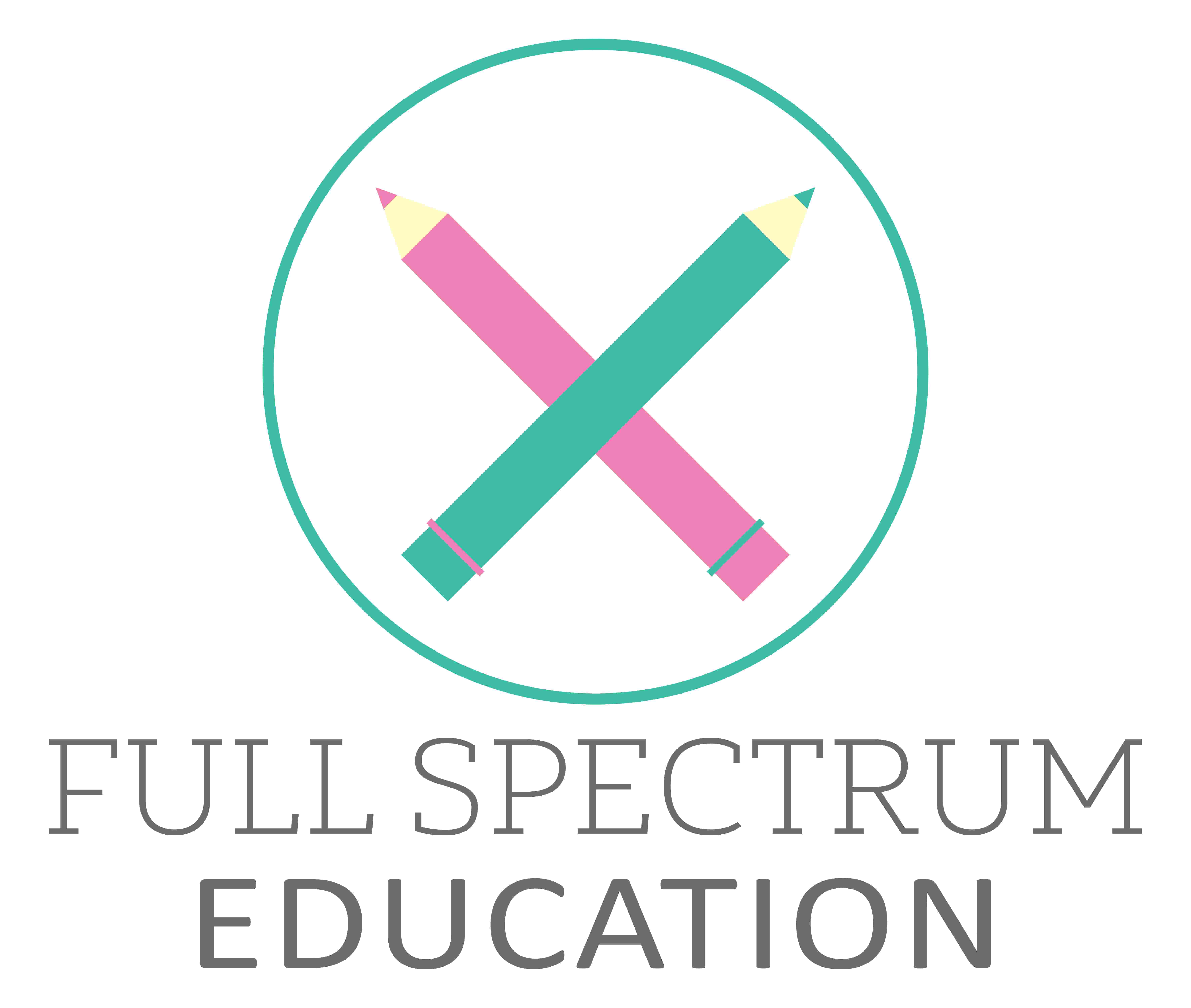


Remember, identifying similarities helps me learn, but identifying differences helps me recall this. Therefore, it is useful to teach differences first when it is new knowledge to build recall pathway.
Practise by identifying both similarities and differences
Teach appropriate strategies and routines such as a comparison Matrix (maximum 7 criteria- don’t overload working memory), Double bubble or VENN
Always end by asking students to reflect on what they have learned through the comparison. Practise developing a controlling idea to synthesise this understanding.
2. CLASSIFICATION
Teach the creation and use of Analogy and
Metaphor to describe ideas and concepts. This builds deeper understanding and helps pinpoint misconceptions.
e.g. Analogy
Bone is to Skelton, as word is to ____________
Why?
Rhythm is to music, as ____________________ is to __________________________
Why?
e.g.Metaphor (Similes)
Cell membranes are like ___________________________ Because
e.g. Visualising
To enhance understanding and recall of essential vocabulary and concepts, consider asking students to create their own Four pictures one word, like the app.

It is essential to explicitly teach students why they are using the strategy – what is its purpose? What neural connections are you trying to create to enhance learning and memory?
3. Progression of thinking protocol
Inside Outside Circle (Onion Ring)
Line –Up Strategy